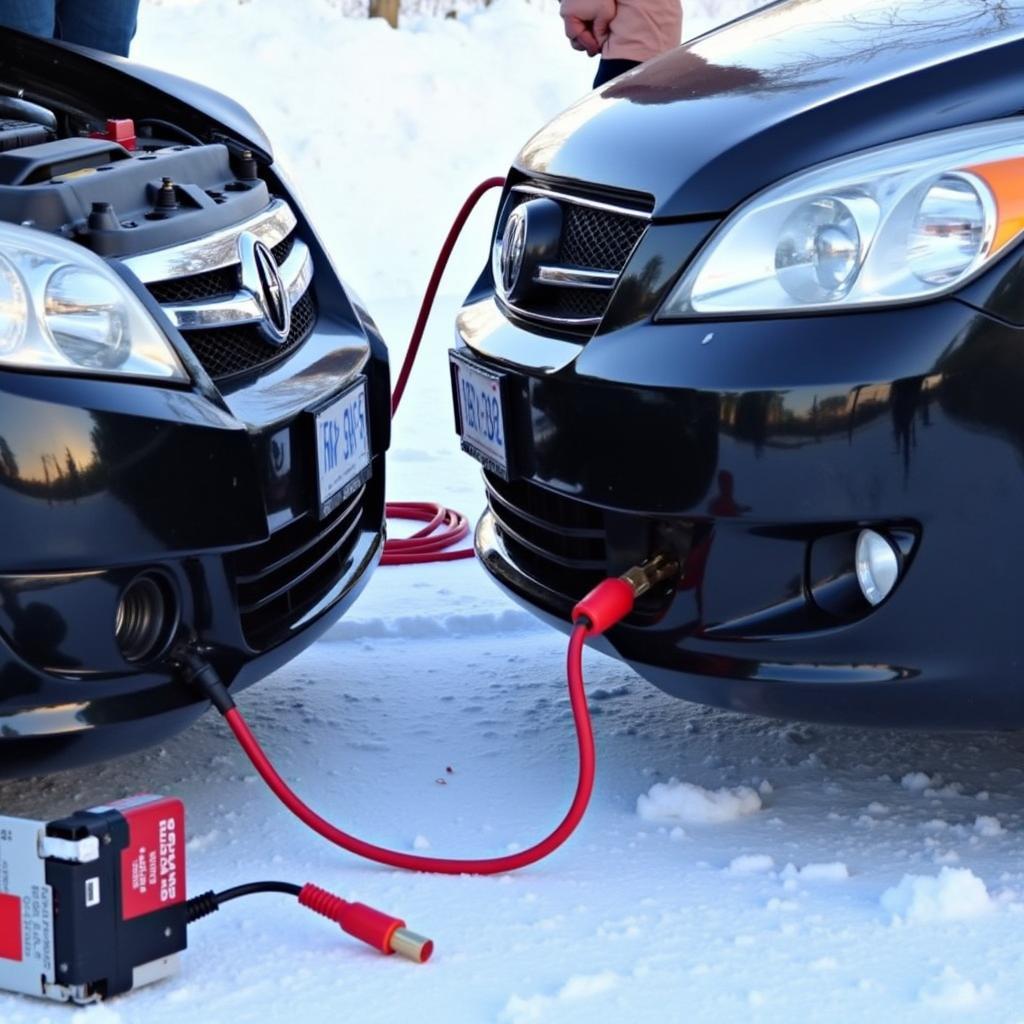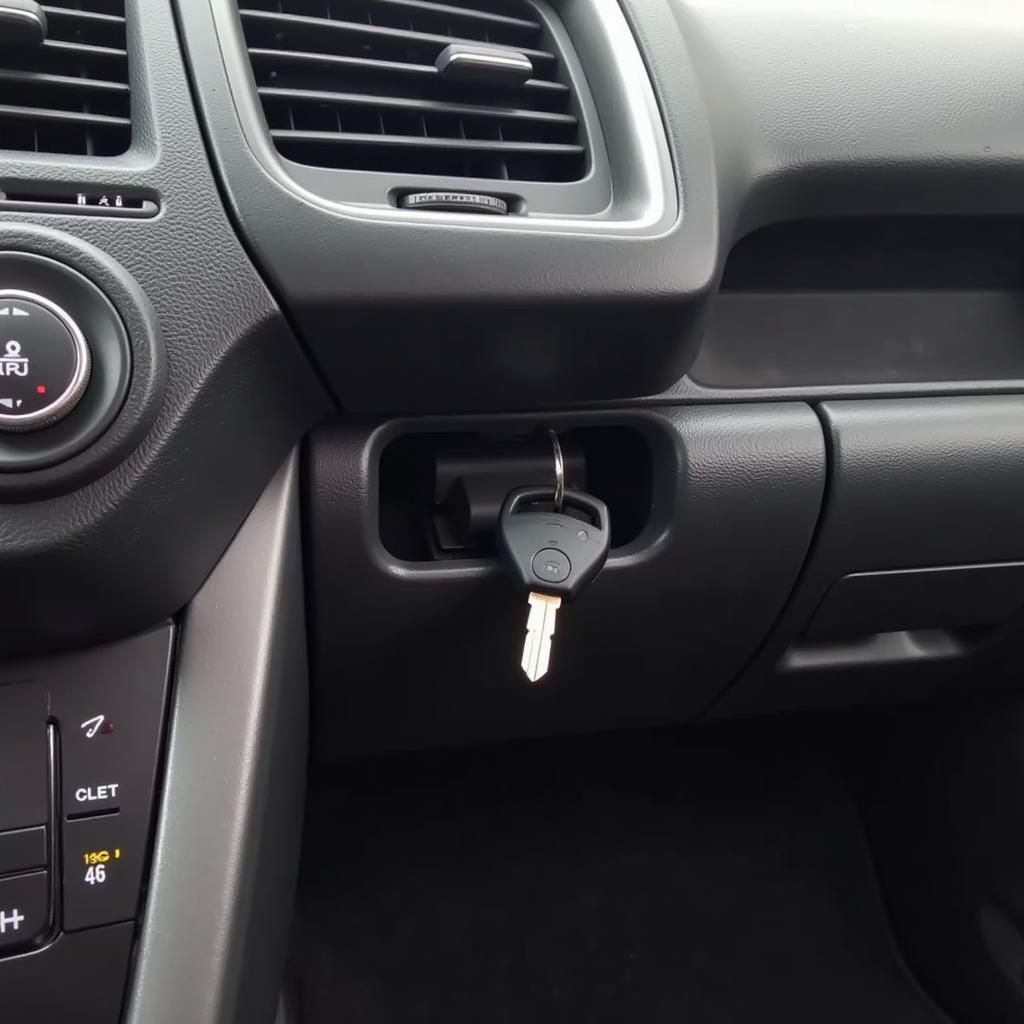One of the most unsettling experiences for a Seat Leon driver is seeing a dashboard warning light illuminate. These lights are your car’s way of communicating a potential issue and understanding their meaning can save you time, money, and potential headaches down the road. This comprehensive guide delves into the common Seat Leon warning lights, their meanings, and what actions to take when they appear.
Decoding the Dashboard: Understanding Warning Light Categories
Seat Leon warning lights are color-coded to indicate the urgency of the situation. Recognizing these colors is the first step in assessing the severity of the issue:
- Red Warning Lights: These signify a serious problem that requires immediate attention. Continuing to drive could result in damage to your vehicle or, more importantly, compromise your safety and that of your passengers.
- Orange/Amber Warning Lights: These lights indicate a potential issue that needs addressing soon. While it may be safe to drive for a short period, ignoring these warnings for extended periods could lead to more serious problems.
- Green/Blue Warning Lights: These lights are purely informational, indicating that a system is active and functioning correctly.
Common Seat Leon Warning Lights and Their Meanings
Understanding what each light represents can help you take timely action:
Engine Warning Light
This light, often depicted as a stylized engine outline, can indicate a range of engine-related problems, from minor sensor malfunctions to more serious issues like misfires or catalytic converter problems. If this light comes on, it’s best to have your car diagnosed by a qualified mechanic as soon as possible.
ABS Warning Light
The ABS (Anti-lock Braking System) light, typically represented by the letters “ABS” within a circle, illuminates if there’s an issue with your vehicle’s anti-lock braking system. While you may still have regular braking functionality, the ABS might not engage during emergency braking situations. Have the system inspected by a professional.
Airbag Warning Light
This light, usually depicting a person seated with an inflated airbag in front, signifies a problem with the airbag system. This could be a faulty sensor, wiring issue, or a problem with the airbag module itself. Given the critical safety function of airbags, have this addressed immediately.
Tire Pressure Monitoring System (TPMS) Warning Light
This light, resembling a tire cross-section with an exclamation mark, indicates low tire pressure in one or more tires. Check and inflate your tires to the recommended pressure level. If the light persists, there might be an issue with the TPMS sensor itself.
Battery Charge Warning Light
A battery symbol with positive and negative terminals indicates a problem with the charging system. This could signify a failing alternator, loose battery connections, or a worn-out battery. Ignoring this light could eventually lead to a complete electrical failure and your car stalling.
Oil Pressure Warning Light
This light, often depicted as an oil can with a droplet, signifies low oil pressure in the engine. This is a serious issue that needs immediate attention as it can lead to severe engine damage if ignored. Stop driving immediately and check your oil level.
Coolant Temperature Warning Light
This light, typically represented by a thermometer submerged in liquid, warns of engine overheating. This could be due to a coolant leak, a faulty thermostat, or a problem with the radiator fan. Continued driving with an overheating engine can result in significant damage.
What to Do When a Warning Light Illuminates
“Ignoring a warning light is like ignoring a cry for help from your car,” says John Miller, a veteran automotive electrician with over 20 years of experience. “Addressing the issue promptly can save you from costly repairs and potential breakdowns down the line.”
When a warning light appears on your Seat Leon’s dashboard, here’s a general approach:
- Consult Your Owner’s Manual: Your car’s manual provides a detailed explanation of each warning light and recommended actions.
- Assess the Severity: Red lights require immediate attention, while amber/orange lights allow for a bit more flexibility.
- Take Appropriate Action: This might involve stopping the car immediately, checking fluid levels, or scheduling a visit to a mechanic.
- Don’t Delay Diagnosis: Even seemingly minor issues can escalate into major problems if ignored.
Proactive Maintenance: The Key to Preventing Warning Lights
 Seat Leon Maintenance Checklist
Seat Leon Maintenance Checklist
Regular car maintenance is crucial to prevent warning lights from appearing in the first place. Here are some essential practices:
- Adhere to the Service Schedule: Follow the recommended service intervals outlined in your owner’s manual for oil changes, filter replacements, and other routine maintenance.
- Regularly Check Fluid Levels: Ensure your engine oil, coolant, brake fluid, and power steering fluid levels are within the recommended range.
- Inspect Your Tires: Maintain correct tire pressure and inspect for wear and tear regularly.
- Pay Attention to Your Car: Be attuned to any unusual noises, vibrations, or smells, as these can be early indicators of potential problems.
Conclusion
Understanding your Seat Leon’s warning lights is paramount to ensuring the longevity of your vehicle and, more importantly, your safety on the road. Remember, timely action and proactive maintenance are the best defenses against unexpected breakdowns and costly repairs. By being informed and staying vigilant, you can enjoy many miles of worry-free driving in your Seat Leon.



